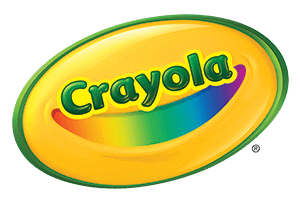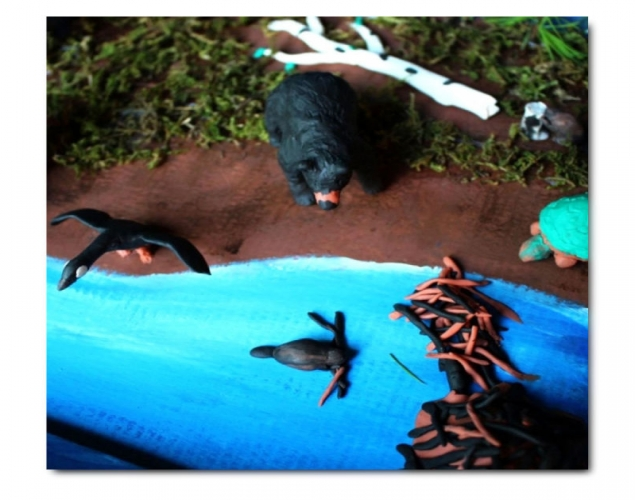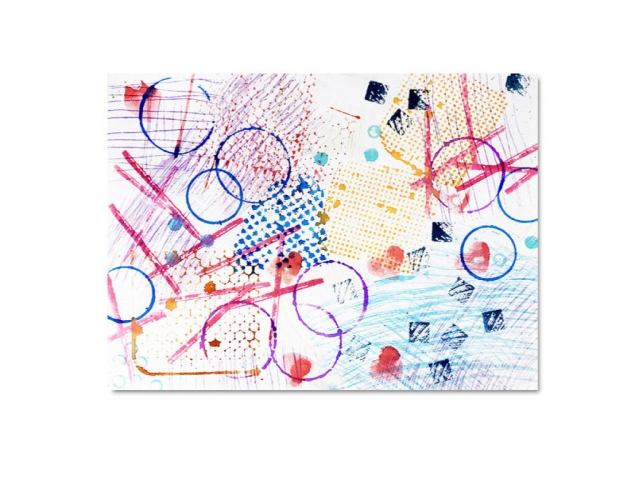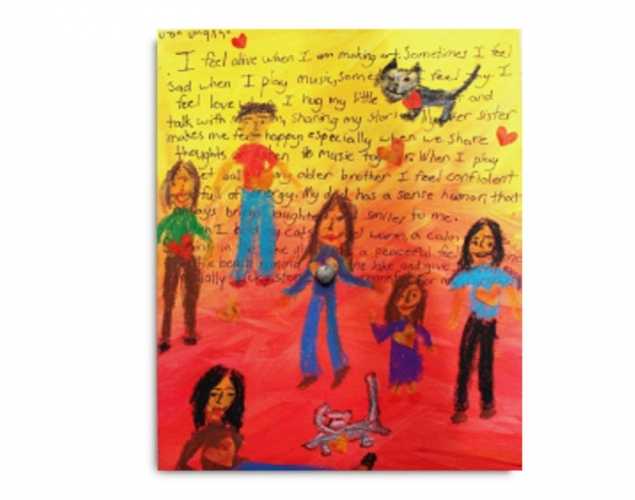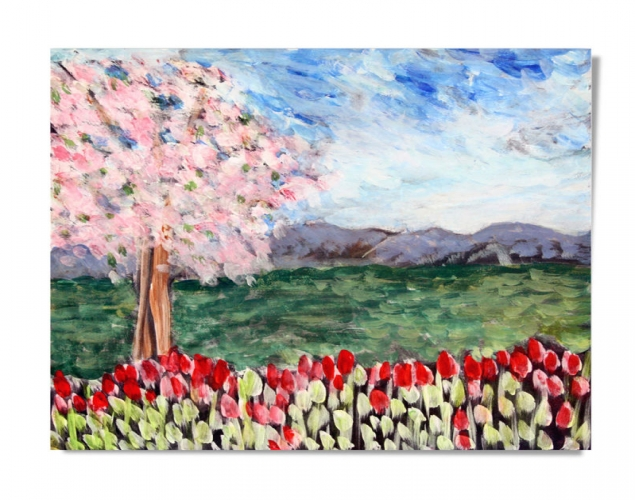
Supplies:
- Crayola Modeling Clay - Jumbo Pack
- Crayola Project Paint
- Crayola Paint Bushes
- Crayola Washable Glue
- Crayola Scissors
- Paper Towels
- Shoebox or Small Cardboard Box - 1 per student
- Bamboo Skewers or Toothpicks
- Clay Carving Tools - optional
- Water Containers
- Found Natural Objects
Steps:
1
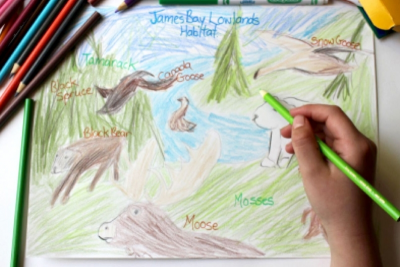
- Choose a unique area in Canada.
- Brainstorm a variety of plants and animals that are part of the habitat.
- Use coloured pencils to draw the plants and animals that are a part of the habitat.
- Include the names of the plants and animals in the drawing.
2
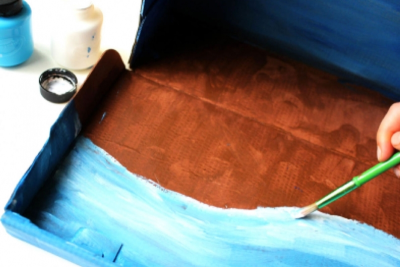
- Use a small cardboard box (a shoebox works well) to create your diorama of the habitat you have chosen.
- Begin by painting the box with colours connected to the land, water, and sky.
- Continue painting a variety of colours on the cardboard box to represent the habitat you have chosen.
- Blend colours together, for example, blue, white and dark blue, to give the illusion of depth.
- Paint the entire box.
- Allow the paint to dry.
3
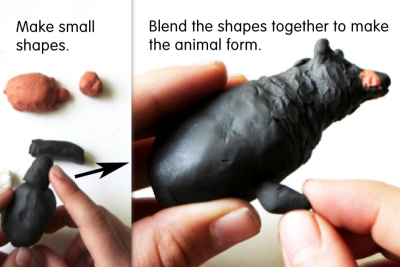
- Begin creating the animals that live in the habitat.
- Use modeling clay to sculpt each animal.
- Make small shapes, then blend the shapes together creating an animal form.
- Use sculpture tools such as popsicle sticks and toothpicks to add texture to your animal.
- Use contrasting colours to add detail to your animal form and clarify the features.
4
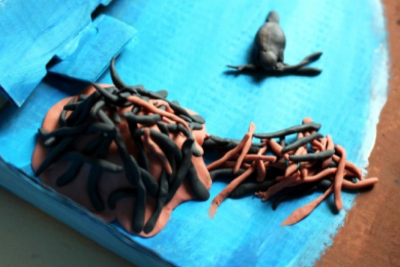
- Roll modeling clay in your hands, or use a garlic press to create thin sticks, or plant stems.
- Make a beaver's home by using a flat piece of modeling clay for the base, and covering it with thin rolls of modeling clay.
5
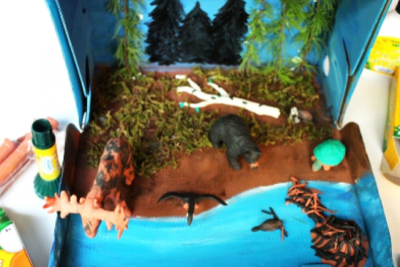
- Continue to add details to your habitat.
- Create plants and animals using contrasting colours and a variety of 3-dimensional forms.
- Make sure your habitat is balanced.
- Glue moss, bark, or dried plants to your habitat to help it appear more realistic.
Subjects:
Language Arts,
Science,
Social Studies,
Visual Arts,
First Nations, Metis, Inuit
Grades:
Grade 3,
Grade 4,
Grade 5,
Grade 6,
Grade 7,
Grade 8
